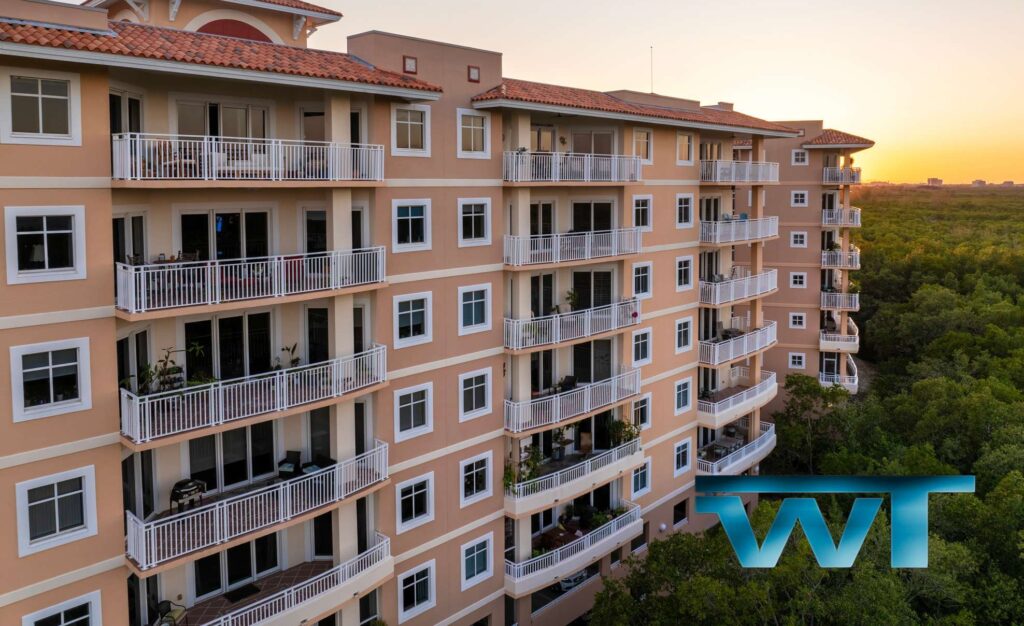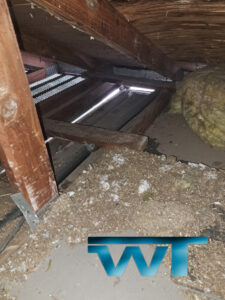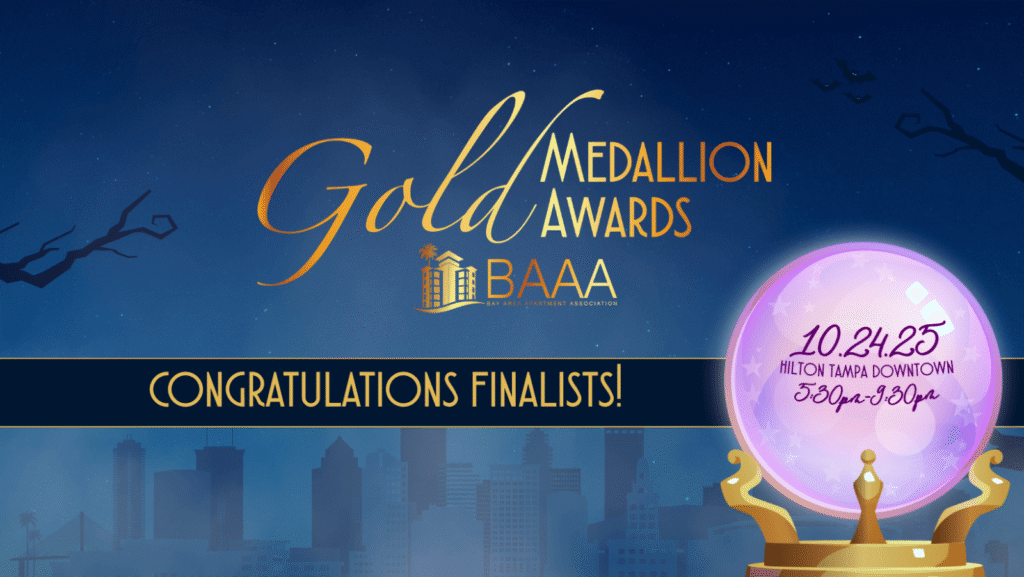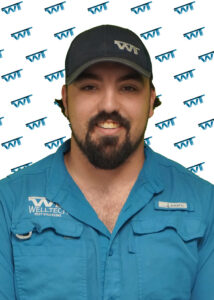🦃 Keep the Pantry Party-Free: A Property Manager’s Guide to Stored Product Pests During the Holidays
The holiday season is a magical time. For residents of multi-family properties, it means the cheerful chaos of hosting family and friends. Thanksgiving, in particular, revolves around the kitchen—a sanctuary of spices, flour, grains, and all the makings of a festive feast. This focus on food, cooking, and communal meals, however, also creates the perfect storm for a different kind of guest: stored product pests (SPPs), often called pantry pests.
For property managers and leasing professionals, the sudden emergence of these tiny invaders can quickly turn holiday cheer into resident frustration, leading to maintenance requests, complaints, and potential reputation damage. Proactive communication, clear protocols, and rapid response are essential to keep the peace and protect your property’s valuable assets—the apartments and the resident experience.
🍽️ The Holiday Feast: An Invitation for Pests
Picture this: your resident has spent days preparing. The turkey is roasting, the air is thick with the aroma of sage and cinnamon, and the counter is lined with dry ingredients: flour for the pie crust, cornmeal for the stuffing, nuts for the dessert topping, and perhaps a special holiday trail mix. Relatives arrive, bringing gifts, cheer, and sometimes, unknowingly, boxes of imported holiday treats or bulk goods. Over the next few days, as the pantry door opens and closes, and as newly purchased ingredients are stacked on older ones, conditions are ideal for an SPP infestation to take hold and spread.
It is during this time of increased food storage and preparation that managers must be most vigilant and communicative about preventing and addressing these common pests.
🔎 Meet the Uninvited Guests: Common Stored Product Pests
These pests thrive on shelf-stable food items and are often introduced into the home inside infested food packaging. The most common types your residents may encounter include:
- Indian Meal Moths: Perhaps the most noticeable SPP, the adults are small, reddish-brown and copper-colored moths often seen flying in a zigzag pattern, usually near the kitchen or pantry. The damage, however, is caused by their larvae, which are small, creamy-white caterpillars that spin silken webbing through contaminated food (like flour, cereal, and dried fruit).
- Saw-toothed Grain Beetles: These tiny, dark-brown beetles about 2.5 mm long are named for the six saw-like projections on each side of the thorax. They infest a wide variety of dry foods, including flours, cereals, birdseed, pet food, and pasta. They are excellent crawlers and can easily move from one container to the next.
- Confused Flour Beetles: Small, reddish-brown, and about 3.5 mm long, these beetles infest flour, cake mixes, and other milled grain products. They cannot feed on whole grain kernels. Their presence often imparts a grayish-yellow or red color to the flour and a distinctly unpleasant, moldy odor.
- Drugstore Beetles : Not just limited to drugstores, these common pests are similar in size to the Confused Flour Beetle but are cylindrical and covered in tiny, fine hairs. They have an incredibly diverse diet, infesting not only food but also spices (especially pepper and chili powder), tobacco, leather, wool, and even some medications.
🚨 The Discovery: Response and Protocol
If a resident reports an SPP sighting, the first step is a calm, structured response. Your primary goal is to contain the issue and prevent cross-unit infestation.
Immediate Resident Action (What to Tell Them):
- Inspect and Contain: The resident should immediately inspect all dry food items in the pantry, cupboard, and surrounding areas.
- Dispose of Infested Items: All infested food items must be immediately sealed in plastic bags (to prevent the pests from escaping and migrating) and disposed of in an outdoor garbage bin. Do not just throw the contaminated food into the kitchen trash, where pests can crawl out.
- Clean Thoroughly: The resident must vacuum the shelves, paying special attention to cracks, crevices, and shelf pin holes. Follow the vacuuming with a wipe-down using hot, soapy water or a mild household cleaner. Do not use bleach or harsh pesticides, as this can be dangerous near food storage.
Property Management Response Protocol:
Schedule Inspection: Dispatch WellTech Pest Solutions immediately. Promptness is critical, especially in a multi-family environment where pests can spread through wall voids and common utility spaces.
Coordinate Access: Ensure the resident understands the necessary preparation (complete removal of all items from the pantry, cleaning, etc.) before one of our or WellTech professional technician arrive.
Communicate: Provide a follow-up with the resident to ensure that there are no new pests found.
❓ FAQ for Apartment Residents
A proactive FAQ sheet can answer common questions and manage expectations, reducing the volume of emergency maintenance calls.
| Question | Answer |
| Q: Where did these pests come from? | A: Stored product pests almost always arrive inside food products purchased from the store. They are commonly found in grains, flour, cereal, dried pet food, birdseed, spices, and nuts. |
| Q: Do they infest clean apartments? | A: Yes. These pests are drawn to food, not filth. A brand-new bag of flour can be infested just as easily as an old one. Keeping the pantry clean, however, makes it easier to spot an infestation early. |
| Q: Do I need to throw out all my food? | A: You must discard all food items that show signs of infestation (e.g., webbing, larvae, beetles) and any dry goods in open packaging nearby. Promptly dispose the stored product from the residence immediately to your exterior trash receptacle. |
| Q: Are they dangerous to my health? | A: No. Stored product pests do not bite, sting, or transmit disease. However, food contaminated by their presence (especially the larvae’s webbing and excrement) should not be consumed. |
| Q: Can I call WellTech for a pest emergency? | A: No. Always, contact your property or leasing manager. They are your first points of contact in a multi-family community. |
By arming your residents with knowledge and maintaining a swift, professional response protocol, you ensure that the only guests showing up for the holidays are the ones invited—and that the only pantry party is the successful gathering of ingredients for a spectacular, pest-free Thanksgiving.






























